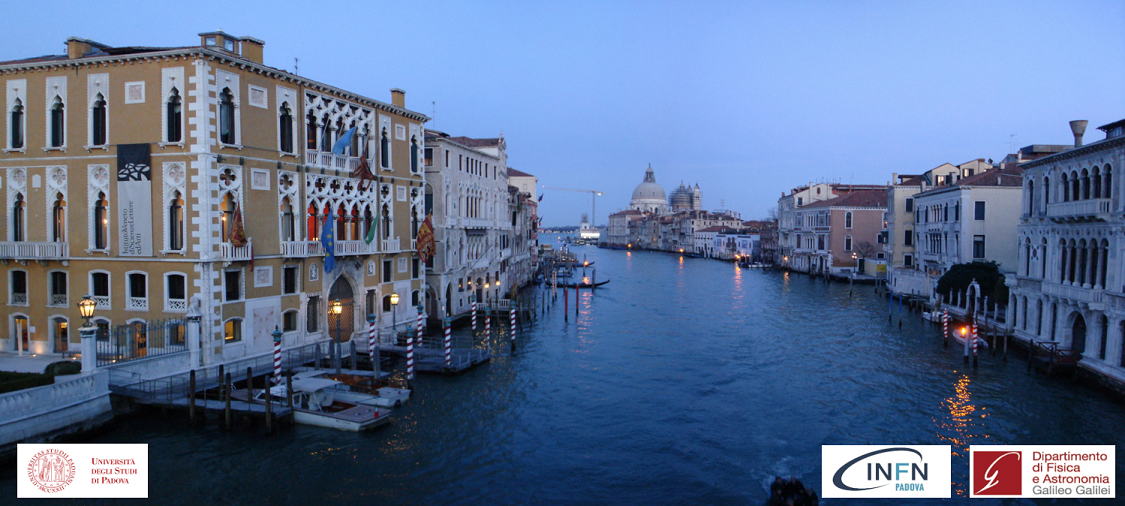Speaker
Description
KM3NeT is a multi-site detector devoted to the detection and study of cosmic neutrinos and their sources in the Universe and to the measurement of the neutrino oscillation parameters. Two underwater detectors are under construction in the Mediterranean Sea: ARCA (offshore Portopalo di Capo Passero, Italy) and ORCA (offshore Toulon, France). ARCA will comprise more than 200 detection units, floating structures anchored on the seafloor with a height of 750 m, equipped with a total of 128,000 photomultiplier tubes to detect the feeble light cone produced after the neutrino interactions. The detector must operate continuously for about 20 years without maintenance since its topology does not allow the recovery of assets. The Phase-1 of the project, currently in operation with 21 out of 31 detection units deployed and providing data in real-time, will be completed by the end of 2023. ARCA Phase-2 has started with the installation of a DCFO (Direct Current - Fibre Optic) system, which is composed of an onshore 100 kW power feeding equipment, a “Y”-shaped electro-optical cable with 48 fibres and two copper conductors, a cable termination frame equipped with four 10 kW medium-voltage converters, 16 electrical and 16 optical ROV mateable connectors. A major step for the deployment of the ARCA subsea infrastructure was the construction and installation of the junction boxes, which allow for the connection of several detection units to a single cable termination frame port, through a network of electro-optical cables laid on the seafloor. High-reliability criteria (including component selection, process control, and strategic redundancy adoption) are used for power electronics, optical routing, and amplification controls. In this talk, the main technological efforts accomplished in the last years will be presented, along with an overview of the entire ARCA infrastructure, comprising both underwater and onshore parts.

